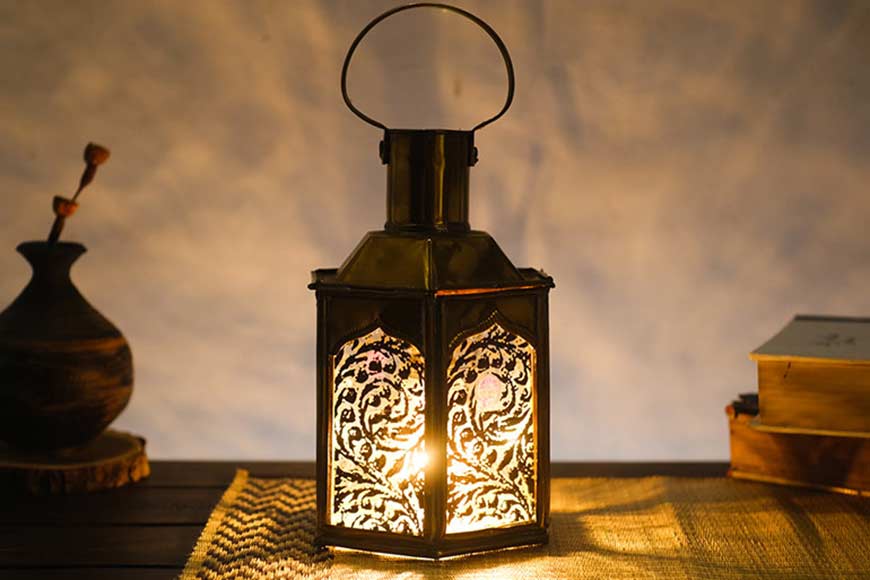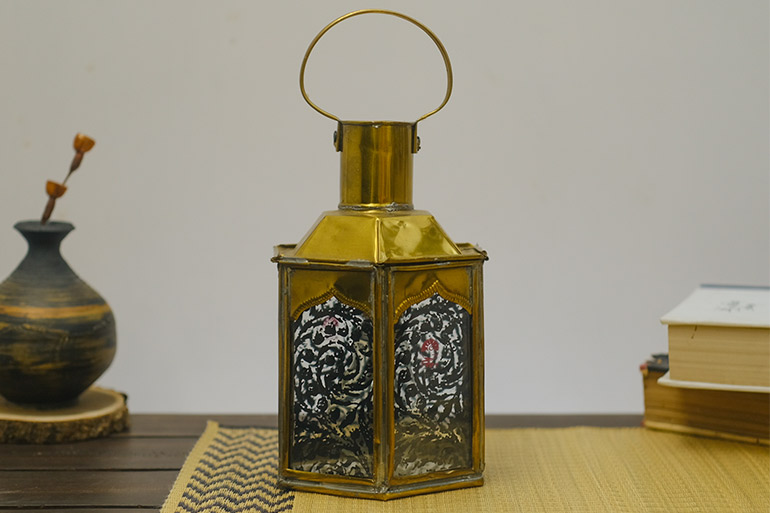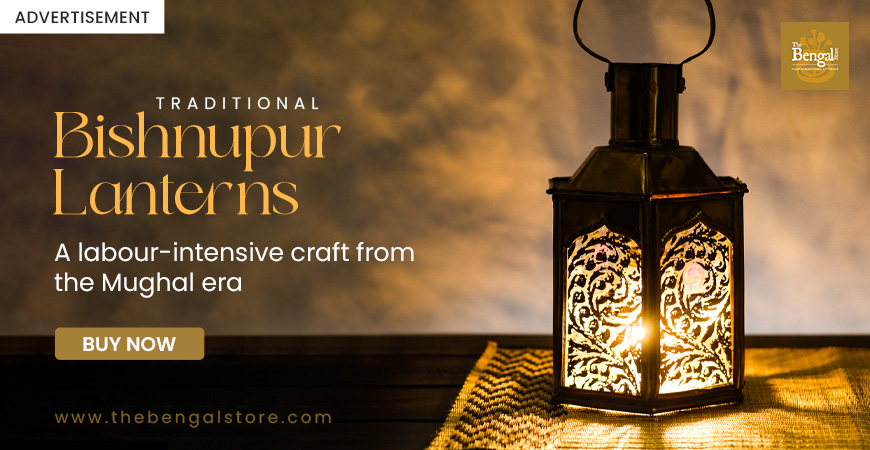When light fades: The dying glow of bishnupur’s century-old lantern craft - GetBengal story

The city Bishnupur in Bankura is truly a city of art — one might even call it the cradle of craftsmanship. The Malla kings of Bishnupur were great patrons of the arts, and under their reign, Bishnupur became the “Art Depot” of Bengal. Among its many traditional crafts, the Bishnupur Lantern once reached a remarkable height of excellence. There was a time when, as dusk fell, the glow of Bishnupur lanterns illuminated homes across Bengal. These lanterns became a symbol of elegance and aristocracy, adorning processions and festive occasions. But with time, this centuries-old craft has faded into near oblivion. The electric bulb was the first to push the lantern into darkness. Today, people have endless options—LEDs and dazzling decorative lights. The calm, steady, and soothing glow of the lantern has nearly disappeared from our lives.

Only a handful of families in Bishnupur continue to keep this ancestral art alive, one of them being that of Dilip Garai. His family has been involved in this craft for over a century. From a young age, Dilipbabu has been crafting Bishnupur-style lanterns. Speaking to bongodorshon.com about the process, he explained, “It’s completely a cottage industry—no machines involved. Everything is handmade. We cut tin sheets according to specific moulds. Each lantern requires four glass panels, sometimes even six. The glass pieces are then fitted into frames and soldered together. That’s how a lantern is made!”
In earlier times, kerosene was used as the light source inside the lanterns. Dilipbabu said, “Now it’s difficult to get kerosene, so we’ve made some changes. We’ve added holders for electric bulbs. Where oil was poured earlier, we place a holder now—so buyers can use it as a decorative piece at home. Another kind of lantern is made with six glass panels and a larger body, used mainly in festive pandals. Inside it, a small clay lamp is lit with mustard oil. Since the lamp is covered, it stays alight without going out. These lanterns are especially in demand during weddings, Kali Puja, and Durga Puja.”

Despite its beauty and heritage, the demand for Bishnupur lanterns has dwindled drastically. According to Dilipbabu, “Back when kerosene was widely used, buyers were plenty. If a house had six rooms, there’d be at least eight lanterns. Now, usage has dropped. This is a traditional cottage industry of Bishnupur. About 70 to 80 families once depended entirely on this craft for their livelihood. They made lanterns at home—men, women, everyone helped. Today, not even eight families continue the work. We used to have employees once, and couldn’t manage the crowd of customers. We made around 126 lanterns a day! Now, I make about 12, and even then, selling them is hard. One craftsman helps me, and we work from 7 a.m. to 1 a.m. to produce those twelve.”
He added that decorative patterns on the lantern top make them look more attractive — sometimes featuring images of Bishnupur temples, which also helps them sell. Some artists now buy lanterns from craftsmen and paint on the glass, often with illustrations from the Dashavatara cards, to make them more appealing. Bishnupur also hosts a weekly terracotta market every Saturday, where a few lanterns are sold. Though demand is low, there’s a small rise in sales during the tourist season, when visitors come to Bishnupur between September and November.
“I’ve been doing this since childhood. I love the work, and that’s why I’ve stayed with it,” said Dilipbabu. “The younger generation won’t come into this line. It takes a lot of patience, and people don’t have that anymore. I’m 63 now, and I’ll keep going as long as I can. There are four or five of us still doing this work — all above sixty. Once we’re gone, this craft will disappear with us.”

In the past, lanterns, hurricane lamps, and oil lamps are the only forms of light we had to use after sunset. The Bishnupur lanterns were prized for their ornate beauty and were irreplaceable. However, with the introduction of electrical lighting, this became less of a functional necessity and more of a categorical act of decoration. Wares eventually fell out of practice, and younger generations never grappled with the craft.
At present, there are only a few elder artisans in Bishnupur attempting to keep the flame alive. When they stop, Bishnupur lanterns will only be a story. There is a possibility for a revival, however, The Bengal Store in South Kolkata has made attempts to champion this art form once again. Their store has a lovely exhibit of Bishnupur lanterns aglow, and they appear to be demonstrating this fragile light in both sides of their business, as a saleable and also means to protect Bengal's luminous heritage.
Note:
Translated by Krishnendu Mitra
To read the original Bengali article, click here.











